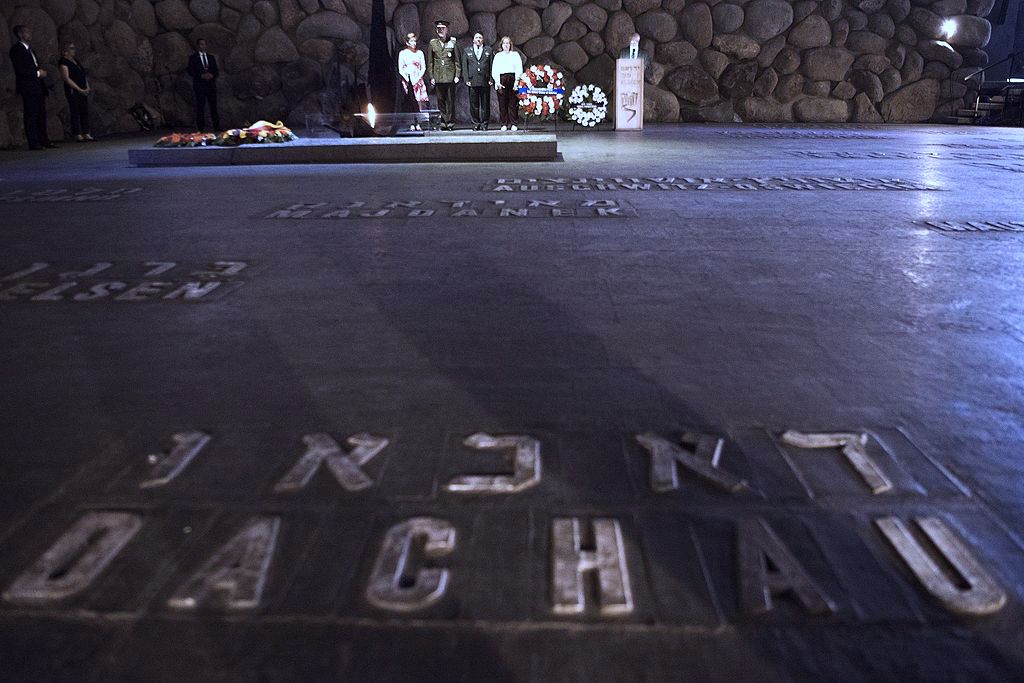
Investigating a School’s Name (Ein Name verpflichtet)
author
Hannelore Lutzesupervisor
Hannelore Lutzelocation
BerlinProject description
Honorary Name of the School
After German unification, the state of Thuringia stripped all public schools of the honorary names after public figures they had been given in the German Democratic Republic. It can be debated whether this was an arbitrary political action, or whether it should be considered a catalyst to rethink history. It also raises the question of whether the boundaries of geographically based moral and ethical values were violated. As a response, Regelschule 2, in cooperation with the Erfurt city government, decided to do some research in order to retain the name Wilhelm Hammann for their school.
Wilhelm Hammann
Wilhelm Hammann was born in 1897 in the district of Gross-Gerau in the state of Hesse. In 1935, he was arrested by the Nazis because of his active membership in the Communist party. In 1938 he was sent to Buchenwald concentration camp.
During his seven-year imprisonment there, Hammann helped save the lives of 904 children, including 159 Jewish children. He was killed in an accident in 1955. In 1984, Wilhelm Hammann was among three Germans who were acknowledged as “Righteous Gentiles” by Israel.
Researching the Life of Hammann
Students of Regelschule 2 began the project by researching the life of Hammann, a former educator and first district president [Landrat] after the war in Hesse. They created an impressive commemorative program that was presented in honor of the ceremonial “naming” of their school on November 7, 1993.
The success of this occasion provided the impetus for teachers and students to continue their school-wide project about Wilhelm Hammann. The project subsequently expanded to include the fate of the children imprisoned in Barracke [Block] 8 in Buchenwald concentration camp.
Yad Vashem provided the names and addresses of three children who had survived Buchenwald. The students wrote many letters to the survivors. While the letters initially remained unanswered, they eventually received a reply from Zoltan Blau, now living in New York. He contacted the school, and expressed a willingness to talk with the students. When he visited Germany to participate in a commemoration of the self-liberation of Buchenwald in 1995, students and teachers were able to meet Blau and his family.
Continuation of the Project
The continuation of this school project allows ninth grade students to engage in “looking for evidence” for a week. This enables them to work through the past and to study individual lives showing how an individual retains humanity despite a world of terror.
This project is the introduction to the mandatory ninth grade school curriculum about the Nazi period.
The teacher may use the results of the student project as part of classroom learning. It is an advantage that the school is located close to the Buchenwald memorial. Both the physical site and the students’ emotional involvement facilitate learning.
Contact
Hannelore Lutze
Wilhelm-Hammann Schule